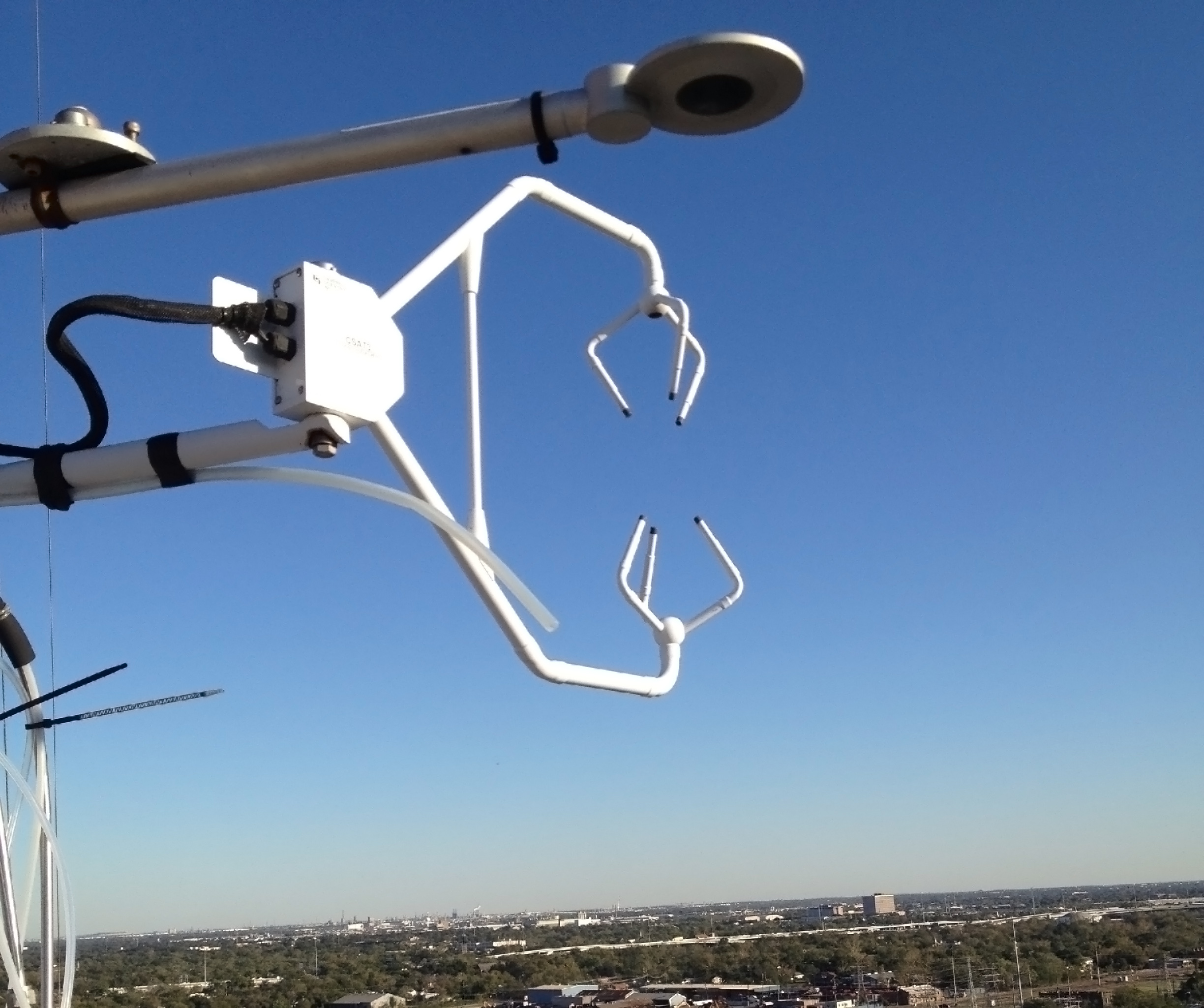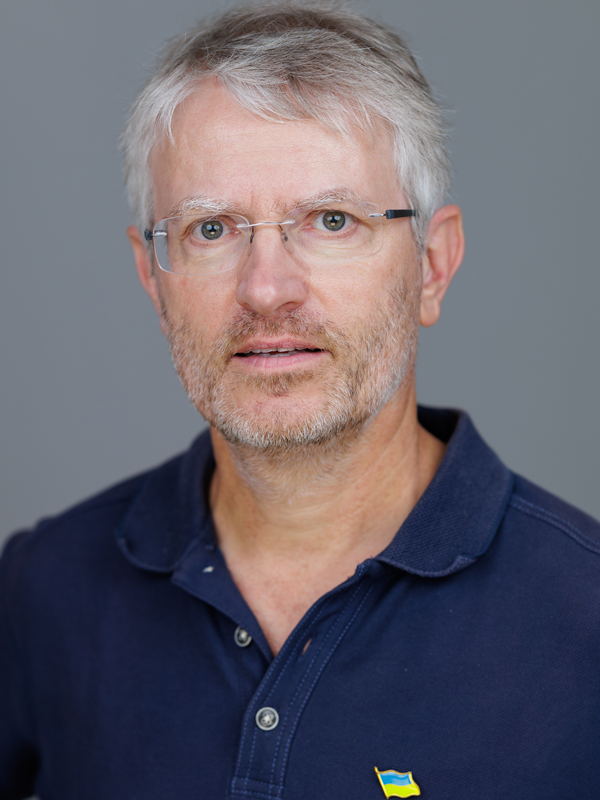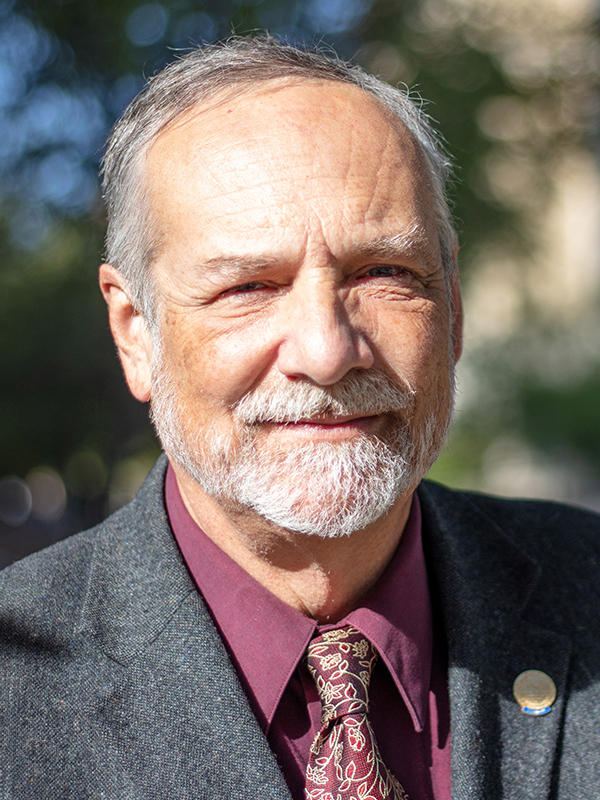
The boundary layer is the shallow near-surface air layer in which we live and breath. At the surface, that air layer exchanges momentum, energy, and trace gases at solid and liquid interfaces. Winds are slowed and displaced through friction, 3D objects like trees and buildings cause atmospheric turbulence while swayed by the wind, solar radiation is converted into sensible and latent heat fluxes from the surface into the atmosphere, soils and plants exchange vital trace gases with the atmosphere, and humans add their own exhaust to the mix, often causing air pollution. Using both measurements and models, scientists study air flows, forces, and turbulence, as well as energy and trace gas fluxes, as a function of land cover and meteorological conditions. Goals include improved weather forecasts for complicated geographic, including urban areas, meso- and microclimate diagnostics, and improving our understanding of how the biosphere, including humans, affect the atmosphere chemically and climatically.
Faculty

John Nielsen-Gammon
- Texas State Climatologist; Director, Southern Regional Climate Center
- Regents Professor
- Office: Eller O&M 1205C
- Phone: (979) 862-2248
- Email: n-g@tamu.edu

Craig Epifanio
- Associate Professor
- Office: Eller O&M 1017A
- Phone: (979) 845-9224
- Email: epifanio@tamu.edu

